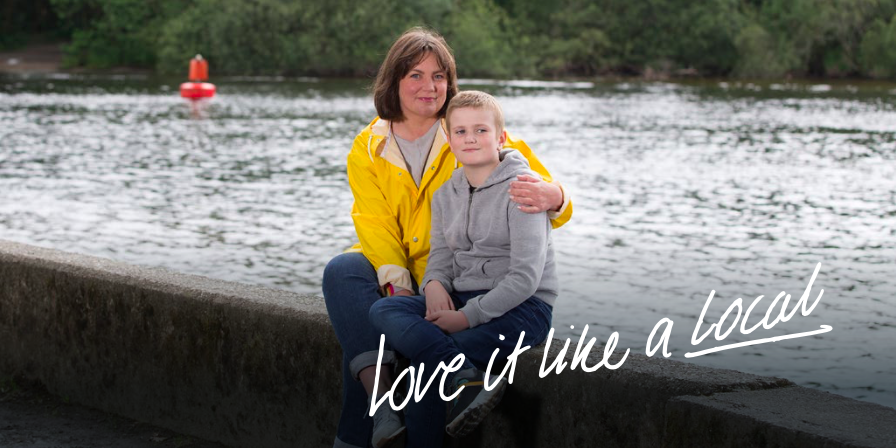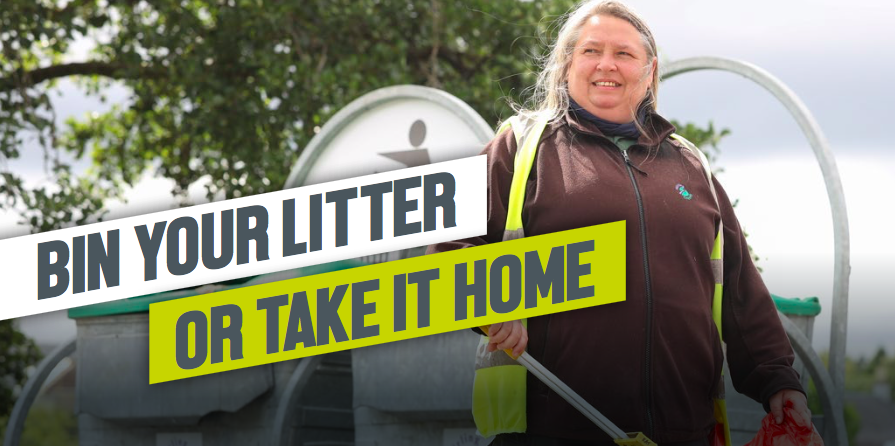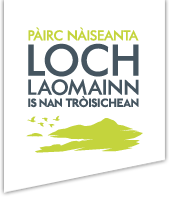
Introducing ‘Love It Like A Local’
Littering and flytipping have never been welcome in the National Park, but since lockdown started to ease we have seen some incredibly devastating scenes where a minority of visitors have decided that it’s OK to trash beauty spots and special places.
In this blog, Litter Prevention Manager Nik Turner talks about the challenges that greenspaces across the country are facing in trying to tackle this new wave of littering behaviour, and how the National Park Authority, local communities and local authorities are all coming together to prevent litter through our new campaign, ‘Love It Like A Local’.
At the start of lockdown, the National Park and other greenspaces across the UK had a short reprieve from littering. Simply put, fewer people were out and about, which meant fewer people were around to drop litter in our rural areas. However, in the first weekend of lockdown easing, despite the 5 mile limit of travel from your home, the Park was hit with a tidal wave of waste, as irresponsible visitors broke Scottish Government guidance to travel to rural areas and leave a wake of destruction.
This littering behaviour has been mirrored across the rest of the UK, with some of our English National Park counterparts reporting unprecedented volumes of littering and associated irresponsible behaviours such as fire lighting, inappropriate camping or gathering in large groups. Other beauty spots across Scotland have suffered with the same ‘lid off the pressure cooker’ effect of lockdown easing, with communities and local authorities struggling to deal with the aftermath of large volumes of people accessing beautyspots.
The perceived national increase in littering and flytipping (generally defined as dumping anything more than a black bin bag full of rubbish) is somewhat of a perfect storm. Firstly, the Covid-19 pandemic and subsequent national lockdown is a completely new challenge: never before have people been cooped up at home for so long – so understandably, people have been desperate to get back out. The National Park’s beautiful environment and landscapes will continue to draw people to visit, but with limitations on overseas travel, cancellation of many events and other recreational activities only just starting to reopen, it’s possible new people are coming to rural areas who might not be aware of the Scottish Outdoor Access Code.
However, we can’t make excuses for littering. We think it’s pretty obvious to everyone, even those who aren’t seasoned ‘outdoorsy’ folk and are new to the National Park: that plastic bottles, burnt out BBQs, abandoned campsites and any other type of litter should never spoil Scotland’s environment. It’s a really simple ask: either bin your litter, or if there isn’t one or it’s full, bag up your litter and take it home.
We’re not the only people in the National Park who are fed up of littering. The local authorities, land managers and people who live and work here are also despairing at the behaviour, and keen to communicate clearly with everyone that littering isn’t acceptable.
‘Love It Like A Local’ will draw together stakeholders from across the Park to spread this message through two complementary strands of messaging, all built around the concept of ‘social norms’. Social norms are the behaviour and actions that are expected– i.e. binning your litter or taking it home, and on the flip side of that, there’s social disapproval of when you don’t act in the way you’re expected to i.e. what people would say to you if they caught you in the act of littering! Using this concept of social norms has proven to be successful in other anti-littering campaigns, such as Hubbub’s My Street Is Your Street, Leither’s Don’t Litter’s Flyspotting and also through our own partnership work with national litter charity Keep Scotland Beautiful on roadside litter signage.

We’re featuring people’s photos on the positive side to the campaign, where residents themselves deliver the message on what it means to love the National Park like a local. This allows the communities featured to share their messages on why having a litter free environment is so important to them, and makes those passing through or visiting the area think twice about their behaviour as they see some of the real people they’re having an impact on.
It’s important for us to continue to welcome visitors to the Park and to expect most just to need a nudge in the right direction when it comes to littering– because the majority of our visitors are responsible and want to do the right thing with their waste. However, in targeted locations where littering has been an issue in the past we’re taking a firmer stance. At these sites, we will be reinforcing the social unacceptability of littering in the Park by sharing what people think of littering and flytipping.

Signs are going out round the Park imminently, local authorities and other partners are sharing the message with their audience and local communities have access to a toolkit of signage and digital materials to share too – all joining together to reinforce the unacceptability of littering in the Park. Whilst this is the engagement side of the campaign, we will continue to work with our partners across the Park in the background to ensure that this is backed up with appropriate infrastructure and enforcement, as we continue in our fight against litter.

